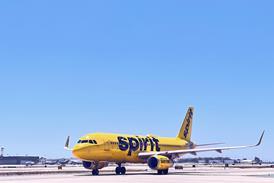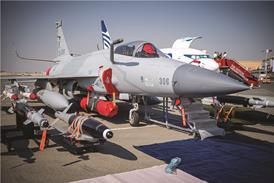Recent IATA analysis shows a degree of optimism that emerged in financial markets in April has been dampened by the outbreak of the swine flu.
IATA says that although the Bloomberg Airlines Index in April was still trending lower than yearend 2008 levels; it was up by 15% during the month.
"In the past couple of days fears over swine flu took 5%-10% points off that increase," says the association.
As the full effects of swine flu have yet to be realized, capacity cuts instituted by carriers in response to the global economic downturn appear to be lagging the slump in passenger demand.
IATA estimates March load factors dropped by 5.4%.
Although spot fuel prices are 60% below last year's levels, yields dropped at an accelerating rate in March. "As a result the breakeven load factor has not fallen much from last year," says IATA, "And what airlines have been able to achieve has fallen even further."
Financial performance of the airlines during the first quarter reflects the challenges they face in achieving breakeven load factors as IATA says net losses for the quarter have grown to one billion so far "in line with our forecast for $4.7 billion 2009 net losses".
Pressure continues to grow in international markets as the 4.4% fall in international capacity was far behind the 11% plummet in demand, IATA notes.
While US carriers have been aggressive in their domestic capacity cuts, they're still lagging in shrinking international supply. Continental Airlines this week detailed plans to launch two new seasonal destinations this month - Cleveland-London, Heathrow and Newark-Athens.
IATA highlights Asian carriers have cut capacity the most in major regions, but says airlines are still adding supply in the Middle East and Latin America.
The trend of airlines parking older aircraft appears to have subsided as IATA says virtually no aircraft were placed into storage during February and March. Operators did take delivery of 210 aircraft during that time period.
But that fleet expansion results in carriers lowering aircraft utilization to support capacity reductions, "which is not good for airline profitability", IATA notes.
Some stability is returning to the freight market as IATA says that air freight tonne kilometres have moved sideways since hitting a low in December, "suggesting the bottom may have been reached - at least for the downturn in manufacturing".
Source: Air Transport Intelligence news























